
Ingredient
Mastic thyme
The Fragrant Herb: Unveiling the Aromatic Delights of Mastic Thyme
Mastic thyme is a perennial herb with small, narrow leaves and delicate pink flowers. It possesses a distinct fragrance, reminiscent of a blend of thyme, oregano, and pine. The leaves are slightly fuzzy and have a soft texture. When used in cooking, mastic thyme imparts a warm, earthy flavor with hints of citrus and mint. Its appearance adds a touch of elegance to any dish, making it a popular choice among chefs and home cooks alike.
Origins and history
Mastic thyme has its origins in the Mediterranean region, particularly in Greece and Turkey. It has been used for centuries in traditional Mediterranean cuisine, where it is highly valued for its aromatic properties. Historically, mastic thyme was also used for its medicinal benefits, such as aiding digestion and soothing respiratory ailments.
Nutritional information
Mastic thyme is a rich source of essential vitamins and minerals, including vitamin C, vitamin K, iron, and manganese. It is low in calories, making it a healthy addition to meals.
Allergens
There are no known allergens associated with mastic thyme.
How to select
When selecting mastic thyme, look for fresh, vibrant leaves that are free from discoloration or wilting. The leaves should have a strong aroma when gently crushed. Opt for organically grown mastic thyme whenever possible to ensure the absence of pesticides or chemical residues.
Storage recommendations
To maintain the freshness of mastic thyme, store it in the refrigerator. Wrap the stems in a damp paper towel and place them in a plastic bag or airtight container. It can stay fresh for up to a week when stored properly.
How to produce
Mastic thyme can be easily grown in a sunny spot with well-drained soil. It thrives in Mediterranean climates and requires minimal care. Sow the seeds or plant seedlings in the spring, and ensure regular watering and occasional pruning to promote healthy growth.
Preparation tips
Mastic thyme can be used in various culinary preparations. Add it to marinades, soups, stews, and sauces to infuse a delightful aroma and flavor. It pairs well with lamb, poultry, fish, and roasted vegetables. To release its full flavor, crush the leaves gently before adding them to your dishes. Remember to add mastic thyme towards the end of the cooking process to preserve its delicate flavors.
Substitutions
If mastic thyme is not available, a suitable substitute would be a combination of thyme, oregano, and a pinch of pine nuts to mimic its unique flavor profile.
Culinary uses
Mastic thyme is commonly used in Mediterranean cuisine, particularly in dishes from Greece and Turkey. It is a key ingredient in traditional Greek dishes like souvlaki, moussaka, and dolmades. It also adds a delightful touch to roasted meats, grilled vegetables, and herb-infused oils.
Availability
Mastic thyme is commonly available in the Mediterranean region, particularly in Greece and Turkey, where it is cultivated and used extensively in local cuisine.
More ingredients from this category

Lemon savory
The Zesty Herb: Lemon Savory and its Citrusy Twist
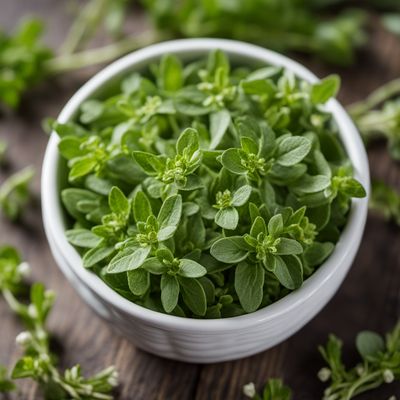
Cretan oregano
The Fragrant Herb of the Mediterranean
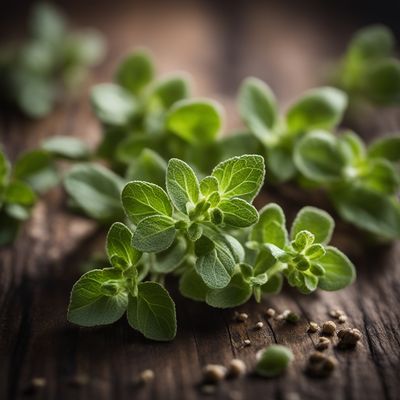
Oregano
The Herb of Mediterranean Delights

Marjoram
The Fragrant Herb: Marjoram

Lemon thyme
The Zesty Herb

Thyme
The Fragrant Herb: Thyme
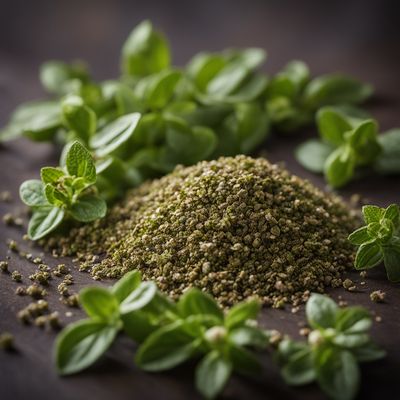
Syrian oregano
The Exotic Herb: Syrian Oregano

Creeping thyme
The Fragrant Delight of Creeping Thyme

Summer savory
"The Herb of Warmth and Flavor"

Winter savory
Savoring the Season: Exploring the Delights of Winter Savory
Recipes using Mastic thyme

Flaouna - Traditional Cypriot Cheese Pastries
Savory Delights from Cyprus: Irresistible Flaouna Cheese Pastries
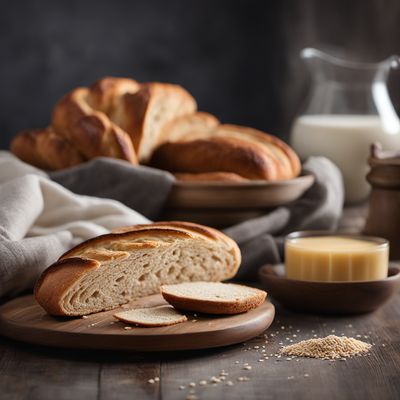
Armenian Choereg Bread
Golden Braided Delight: Armenian Choereg Bread

Sami-inspired Peppercorn Sauce
Arctic Peppercorn Delight

Kaak Malih - Lebanese Sesame Bread Rings
Sesame Delights: Crispy Kaak Malih Rings from Lebanon
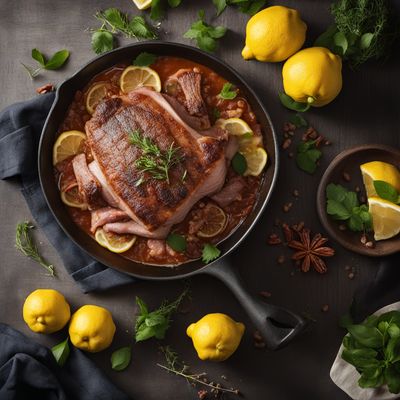
Homemade German Gelbwurst
Golden Delight: Homemade German Gelbwurst Recipe

Greek Easter Bread - Tsoureki
Golden Braided Delight: Traditional Greek Easter Bread